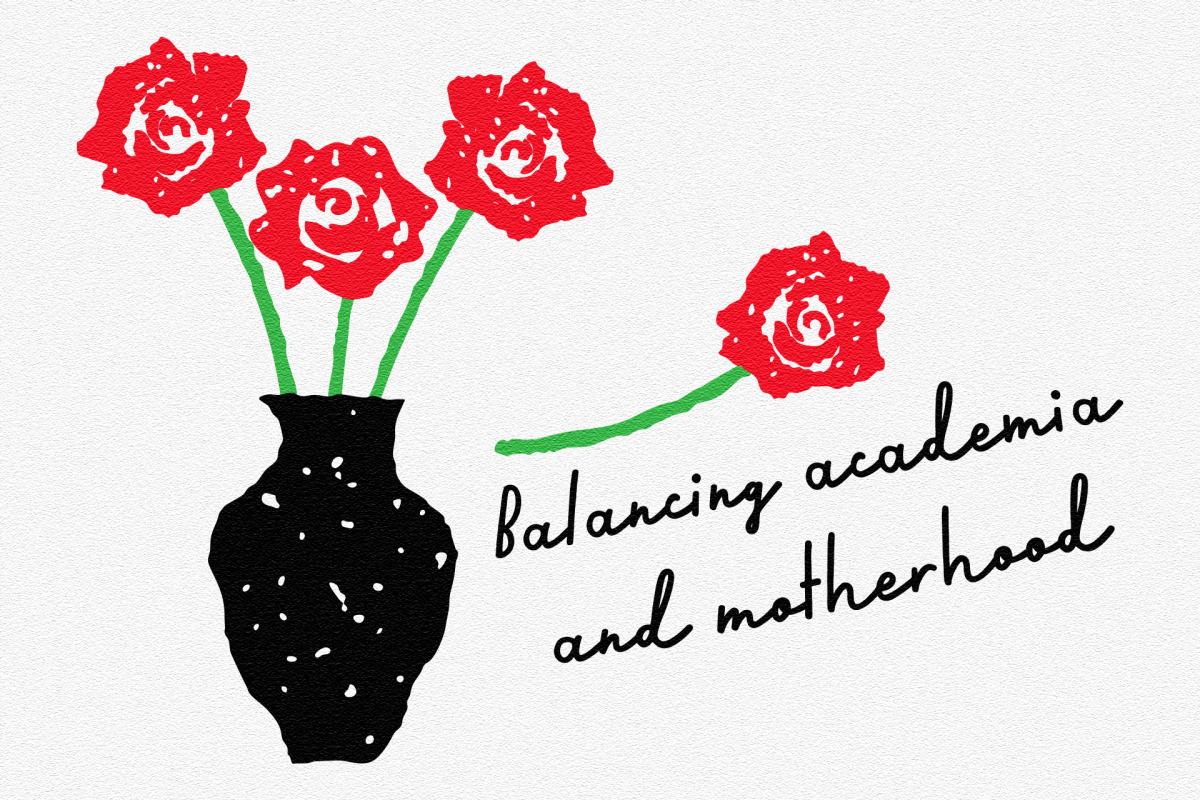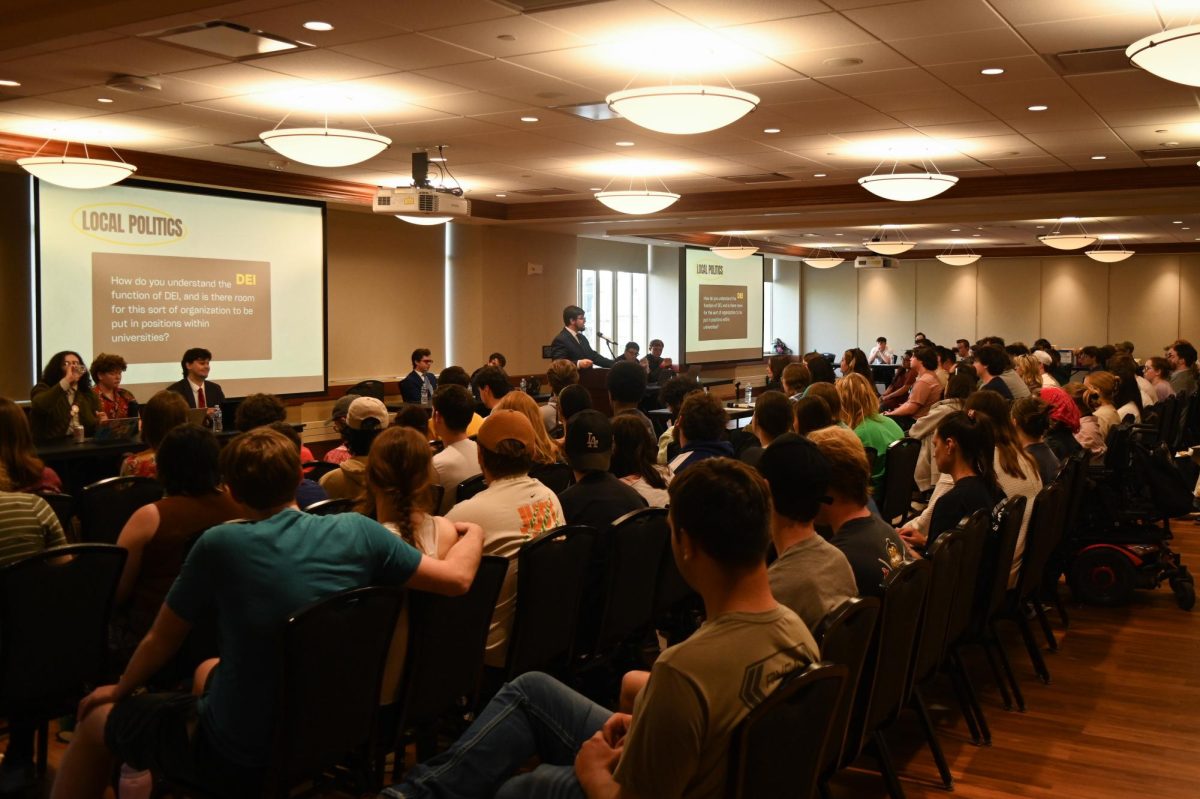Unpredictable weather is no longer an issue on campus for the researchers of the College of Agriculture, Food and Natural Resources. Two drought simulators have just been completed to test the effects of water supply on the annual production of crops.
Droughts are known for being unpredictable, having negative effects on agriculture and causing problems such as scarcity. This is no longer an issue for MU. The drought simulators were designed and built to study how different plants grow in different soil, and control how often and severe a drought occurs.
“They are greenhouses essentially on wheels,” said Felix Fritschi, CAFNR Division of Plant Sciences assistant professor. “They are sitting on a track, exposed to normal conditions until we want to cause drought. At that point we will move that structure over the research plot, but only when it rains.”
This process allows researchers to test what crops grow under certain water deficiencies in different soil types. The simulators are 50 feet by 100 feet, allowing enough room to cover a good portion of land, and have endless options of what types of crops can be planted.
According to a news release, a $1.5 million Missouri Life Sciences Research Board Grant funded the simulators. Both simulators are located at MU’s Bradford Research and Extension Center.
There are many benefits from using the drought simulators, those involved said. Researchers are now in control of when they want a drought to happen, without relying on the weather.
“The drought simulators allow us to control the drought and consistently get a drought,” Fritschi said. “When we want it, how often we want it and how severe we want it, we can control all of that and still be under field conditions.”
By controlling when, where and what crops receive drought, researchers have opened a lot of doors. More tests, research and analyzing can be done and can happen year-round.
“The ability to manage the timing, duration and intensity of water deficit stress under field conditions is essential to examine plant responses to drought,” said Bob Sharp, a co-investigator and director of the Interdisciplinary Plant Group. “Thus the drought simulators will bridge the gap between controlled-environment facilities, such as growth chambers and greenhouses, and real conditions encountered in the field.”
Many co-investigators contributed to this project, according to the news release. Investigators of water quality, soil biology, soil physics, plant-insect and plant-disease interaction all helped with the simulators and continue to work on this project.
Atmospheric Sciences faculty members could not be reached prior to deadline.
After more funding is attainable, more drought simulators will be built and research can be expanded into different fields and other types of soil and crops.
“The plan is to learn from these and make possible improvements, if at all, and then place another one in a different soil type,” Fritschi said.
The new drought simulators are bringing research to a whole new level. No longer at the mercy of the weather, researchers finally have the freedom to test drought conditions on their own time and their own terms.
“The important part is how we can consistently and efficiently take research to the field and impose drought stress whenever we want to, for however long,” Fritschi said.






